
The history of kratom use
Kratom is becoming increasingly popular in the West, and as its popularity rises, so too does our collective knowledge regarding this plant and its active alkaloids. But what's the history of kratom in Southeast Asia, and what does the future hold for this enigmatic plant in the West?
Until recently, very few people in the West had heard of kratom. In fact, many still haven’t. But in Southeast Asia, it’s been a part of everyday life for many generations. Whether used to aid work or for more holistic reasons, kratom use is ingrained in various cultures.
Here we’re looking at the history of kratom use in both the East and West, and asking what the future might hold.
Getting to know the kratom species
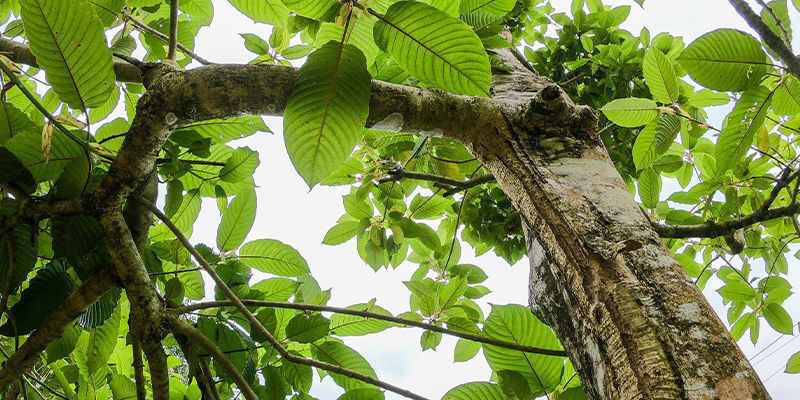
Kratom is a tropical evergreen tree native to Southeast Asia, predominantly found in areas such as southern Thailand, Indonesia, Malaysia, and Myanmar. It thrives in humid and tropical climates and grows most readily in fertile soils near rivers and wetlands. At its largest, it can reach heights of around 20 metres, though it is often more compact than this.
The tree itself belongs to the coffee family (Rubiaceae), which may help to explain its stimulating effects. Beyond its utility, kratom has ecological importance in its native regions, as its dense foliage and root system contribute to the stability of wetland ecosystems. Local farmers sometimes cultivate kratom alongside other crops due to its ability to coexist well with native vegetation, adding another layer to its regional significance.
The leaves of the kratom tree are dark green with a smooth, shiny texture, and its flowers are yellow and grow in clusters. Interestingly, different strains of kratom have different-coloured central veins on their leaves, and these are also believed to indicate different effects.
Red-veined strains are typically associated with relaxation and physical relief, green-veined strains with balanced effects, and white-veined strains with more pronounced stimulation.
While kratom contains over 40 active compounds, the two believed to be the most influential are mitragynine and 7-hydroxymitragynine. The former is found most abundantly and causes stimulating effects at low doses, while the latter is found in much smaller quantities but is more potent. As such, when taken at high-enough doses, 7-hydroxymitragynine becomes the dominant compound and causes the opioid-like effects that kratom is known for.
What was kratom originally used for?

Kratom has a long history of use in Southeast Asia, where it has been deeply ingrained in cultural practices and daily life. Here are some of kratom’s many traditional uses.
Kratom use in Southeast Asia
One of the main uses of kratom in Southeast Asia is as a stimulant, similar to coffee. Labourers and other workers will often chew kratom leaves throughout the day to consume a steady stream of stimulating mitragynine. In the evening, they may then take a higher dose to help relax.
This dual-purpose use—energising by day and relaxing by night—has made kratom a practical tool in demanding agrarian lifestyles. Some workers believe that chewing kratom leaves not only improves productivity but also enhances their overall sense of well-being, even under physically taxing conditions.
Kratom has also been used in traditional holistic practices for the following reasons:
- To address pain
- To combat fatigue
- To assist with digestive issues
Often, when used holistically, a bitter kratom tea would be brewed from the leaves, and the patient would then consume it. The efficacy of kratom for therapeutic uses is a topic of dispute, but anecdotal evidence from Southeast Asia suggests it has been used to provide relief from various symptoms, including digestive issues and sore muscles.
This plant also has a social function and is historically brewed and consumed at community gatherings. The communal consumption of drugs is an age-old human activity, and in Southeast Asia, kratom was, and still is, one of the go-to substances.
Introduction of kratom to the Western world
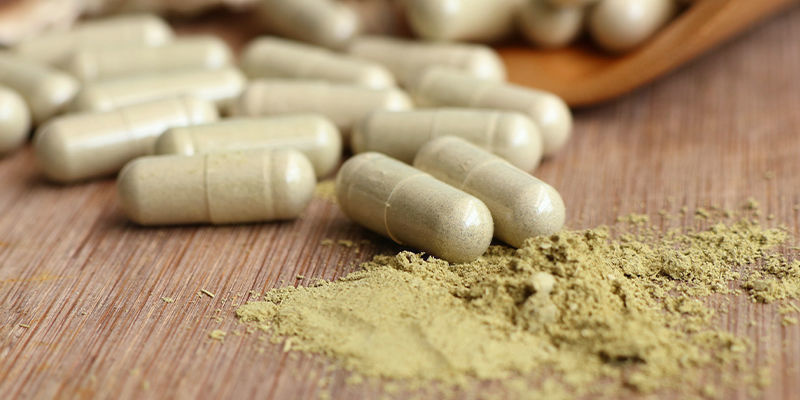
Though existing in the East for many thousands of years, kratom didn’t find its way West until the 19th century. Western colonists first encountered kratom and kratom-using locals in the East, with Dutch colonial records among the first to document kratom’s use and potential applications.
Some of the earliest written accounts describe its use as a remedy for opium withdrawal, highlighting its perceived benefits, which are still being investigated in the modern day. However, the language used in colonial records often reflected a sense of exoticism, portraying kratom as a mysterious plant from a foreign land rather than a culturally significant resource.
Until recently, however, kratom has remained mostly unknown outside of Southeast Asia. But these days, Europe and North America are catching on. The reasons people take it here are as diverse as in Southeast Asia, with some using it for recreational purposes, others as a work or study aid, and still others seeking wellness-related benefits from it.
The growing popularity of kratom in the West has also fuelled a burgeoning market for imported products, including dried leaves, powders, capsules, and extracts. This expansion has introduced the plant to more people but also raises questions about quality control, ethical sourcing, and the need for clear regulations to ensure safe use.
How has the perception and use of kratom evolved over time?
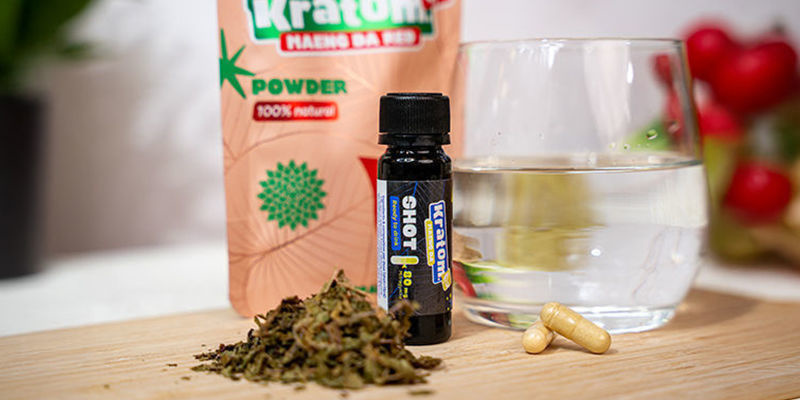
In Southeast Asia, we can’t really comment on how the perception of kratom has changed. However, in the West, it has become increasingly popular. That being said, as it’s become more famous, it’s also become more infamous. Due to its interaction with opioid receptors, it seems to have the potential to cause dependency, and so some are cautious of it—and not without good reason.
In the early days of its introduction to Western markets, kratom was often marketed as a natural remedy with minimal risks. However, as reports of adverse effects and dependency emerged, public perception shifted. Some now view kratom as a double-edged sword—valuable for its potential holistic benefits but potentially risky if misused.
Though much more research is needed, contemporary science is looking into its therapeutic potential, including as an aid for pain relief and to help opioid addicts recover. Specific research is looking to determine if kratom’s compounds may offer unique pathways for managing pain without the same level of respiratory depression caused by conventional opioids (Vicknasingam, 2020). Other studies are examining its role in reducing cravings and withdrawal symptoms in individuals recovering from opioid addiction (Boyer, 2008).
In terms of legality, kratom tends not to be highly regulated, but its legal status does differ from country to country, so you shouldn’t just assume it’s legal. In some nations, it is classified as a controlled substance, while in others it remains freely available. This inconsistent regulation reflects ongoing debates about kratom’s risks and benefits.
What are some of the street names for kratom?
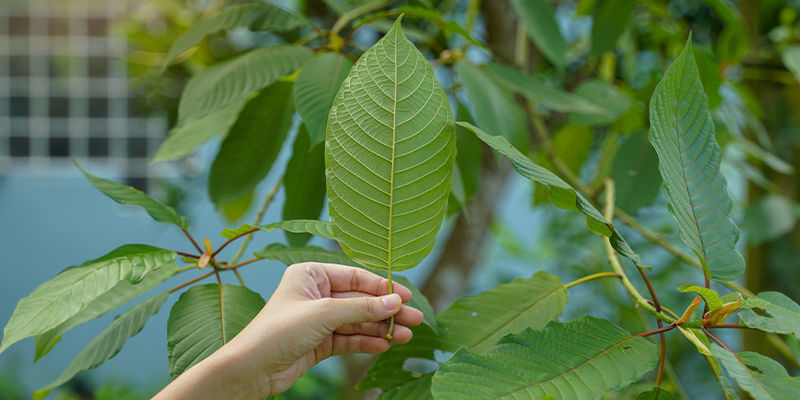
Kratom has acquired various street names, reflecting its widespread use and cultural integration:
- Thom: A term commonly used in Thailand
- Ketum: A colloquial name in Malaysia
- Biak: A name used in parts of Indonesia
- Kakuam: Another Thai term, often used informally
The future of contemporary kratom use
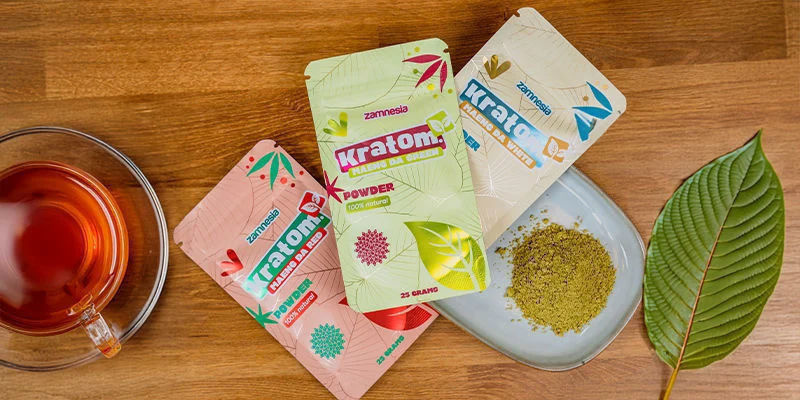
Kratom remains popular in Southeast Asia and is becoming increasingly popular here in the West. But what does the future hold? Hopefully, more research will be conducted on this plant, and we will become more aware of how to use it without harm and potentially understand its clinical potential.
With ongoing scientific advancements, there is hope that kratom’s unique properties will pave the way for novel treatments. However, as its popularity grows, so does the responsibility to ensure its ethical production and safe consumption. Education, regulation, and open dialogue will be crucial in shaping kratom’s future.
Until then, if you try this plant, tread carefully and understand that it’s not without its risks. That being said, it is thought to have a relatively good safety profile if used infrequently, so happy experimenting!
- Boyer EW, Babu KM, Adkins JE, McCurdy CR, & Halpern JH. (2008 Jun). Self-treatment of opioid withdrawal using kratom (Mitragynia speciosa korth) - https://pubmed.ncbi.nlm.nih.gov
- Vicknasingam B, Chooi WT, Rahim AA, Ramachandram D, Singh D, Ramanathan S, Yusof NSM, Zainal H, Murugaiyah V, Gueorguieva R, Mansor SM, & Chawarski MC. (06/29/2020). Kratom and Pain Tolerance: A Randomized, Placebo-Controlled, Double-Blind Study - https://pubmed.ncbi.nlm.nih.gov
-
 4 min
25 March 2025
Everything you need to know about kratom
Kratom is a novel plant from Southeast Asia that's growing in popularity. Learn more about its effects, history, and more below.
4 min
25 March 2025
Everything you need to know about kratom
Kratom is a novel plant from Southeast Asia that's growing in popularity. Learn more about its effects, history, and more below.
-
 4 min
10 February 2025
What is the difference between kratom colours?
Heard the hype surrounding kratom (Mitragyna speciosa)? Looking to incorporate its many benefits into your health and wellness routine? Keep reading to learn all there is to know about the three...
4 min
10 February 2025
What is the difference between kratom colours?
Heard the hype surrounding kratom (Mitragyna speciosa)? Looking to incorporate its many benefits into your health and wellness routine? Keep reading to learn all there is to know about the three...
-
 4 min
24 January 2025
What is the difference between kratom strains?
Kratom is a versatile plant offering a range of effects, from energising to relaxing. Dive into our guide about the different varieties and their unique properties so you can determine the best...
4 min
24 January 2025
What is the difference between kratom strains?
Kratom is a versatile plant offering a range of effects, from energising to relaxing. Dive into our guide about the different varieties and their unique properties so you can determine the best...





 United States
United States











